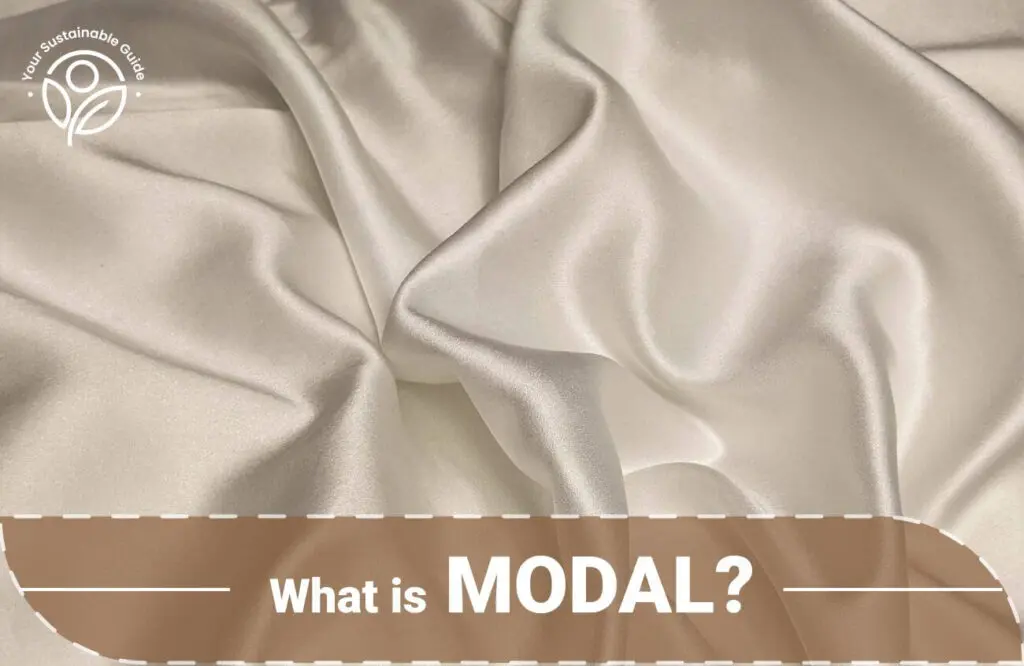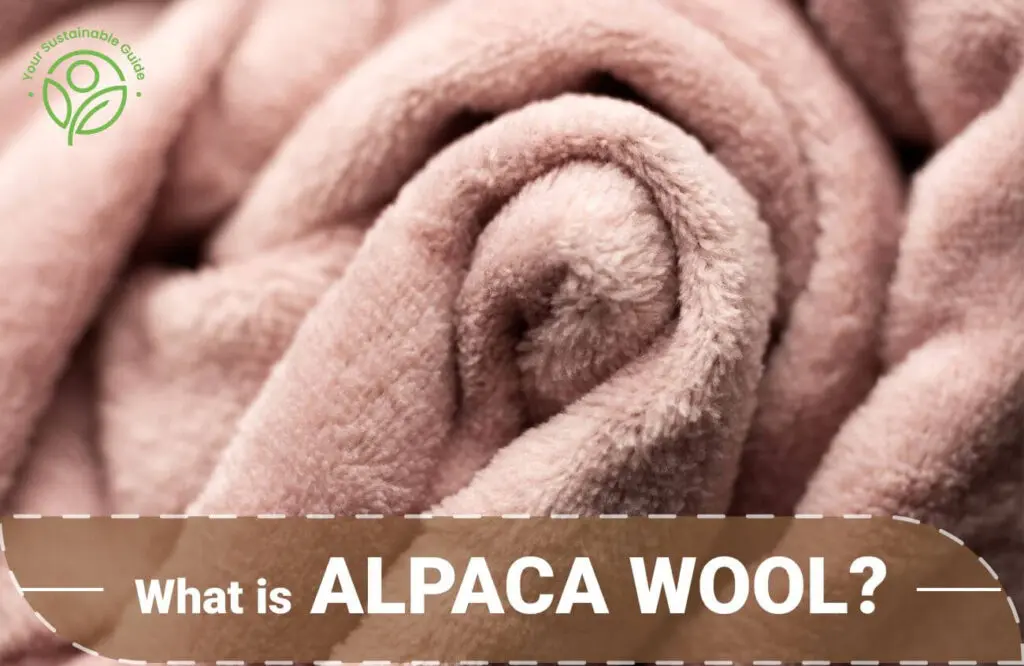If you’ve used cashmere wool, you surely have an idea of how luxurious and exotic cashmere sweaters, scarves and shawls feel. Like , just wear them and you are immediately transformed into a fashionista strolling around the streets of New York or Paris.
Cashmere, also known as Kashmir wool is made from the hair-like fleece of beautiful cashmere goats which are mainly combed through once a year during the spring season. Yes, cashmere is a high-priced wool but with the rise in demand, many breeders have jumped into the cashmere production bandwagon making cashmere products readily available in high-end stores at affordable prices.
So, before you indulge in that discounted cashmere piece that seems too good to be true, ask yourself how come a rare luxury wool is this affordable and what is exactly going behind the scenes of cashmere goats’ breeding grounds and production factories. Let’s unwind cashmere wool today to know if it really is a sustainable and ethical fabric.
What is Cashmere?
Cashmere is a type of wool made from the soft and luxurious hair-like down undercoat of Cashmere goats and Pashmina goats, native to Central Asia and the Gobi Desert. Considered to be one of the most sophisticated and expensive types of wool, Cashmere is highly regarded for the exquisiteness of its fibers which almost feels like silk, and is used to make sweaters, scarves, gloves, shawls, and other lightweight winter garments. The name ‘cashmere’ is derived from the word ‘Kashmir’ because that’s where this goat breed was first raised.
Compared to other types of wool, Cashmere is not as insulative, but because of its softness and fineness, it is woven into a thin but highly dense fabric which makes for excellent basic winter wear used for layerings.
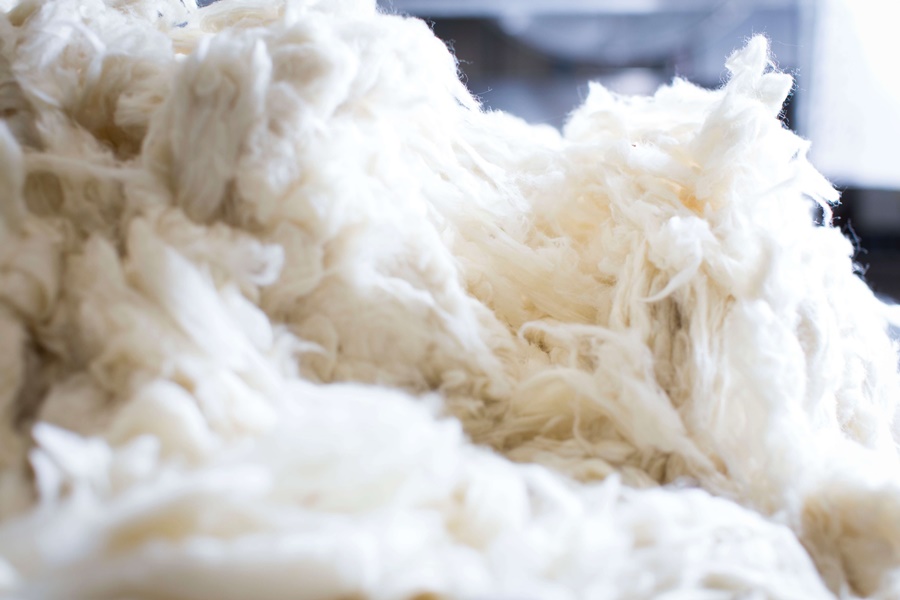
Cashmere’s origin dates back to the 13th century in Mongolia and Kashmir, India, where cashmere goats were combed to get this fine, superior-quality fleece. However, archeological evidence of this fabric’s usage dates back to the 3rd century BC.
Known as the ‘Golden Fleece’, Cashmere wool was introduced into the Middle East during trade with Turkestan, and from there, this luxe fabric traveled to the courts of Europe and abroad. Intricately woven cashmere shawls were being exported from Kashmir, India, to the West in the late 18th century, mainly to Britain and France, where this wool became quite popular, and merchants braved dangerous trading routes to bring this luxurious fabric back to the European markets.
Cashmere wool became a thriving industry in Europe by the 19th century, where trading of this wool provided economic benefits to multiple regions. Most cashmere goats during the olden times lived a nomadic and free life with their herders. But as the fabric gained popularity, the majority of commercial breeders started raising cashmere goats in confined or fenced areas for the entirety of their productive lives. At present, China is the primary producer and exporter of cashmere.
How is Cashmere Wool Harvested and Made into Yarn?
Harvesting of cashmere wool involves a set of different processes which begins with gathering the hair-like fiber of the cashmere goats when they shed their coats naturally in the spring during the molting season. Cashmere wool can be gathered by combing the goats’ coats or by shearing goats that have grown full coats of fleece. Usually, hair collected by combing tends to be of softer and finer quality than shorn ones. These fibers are then cleaned in order to remove all sorts of dirt and impurities.
Next, the woolen fibers are combed through into straight lines, followed by carding them into light groups of fibers. The carded fibers are then spun in spinning machines to form yarn. The thickness or thinness of the yarn depends on the various textile products in which cashmere will be used.
Furthermore, the spun yarn goes through another cleaning step; if dyeing is required; it can be applied at this point. However, many producers prefer to garment-dye their cashmere products. Finally, the cashmere yarn is ready to be woven into various textile products.
On another note, before the garments leave the production facilities, they may be treated with treatments like flame retardants, etc. However, wool is naturally fire-resistant, so many textile manufacturers skip this step.
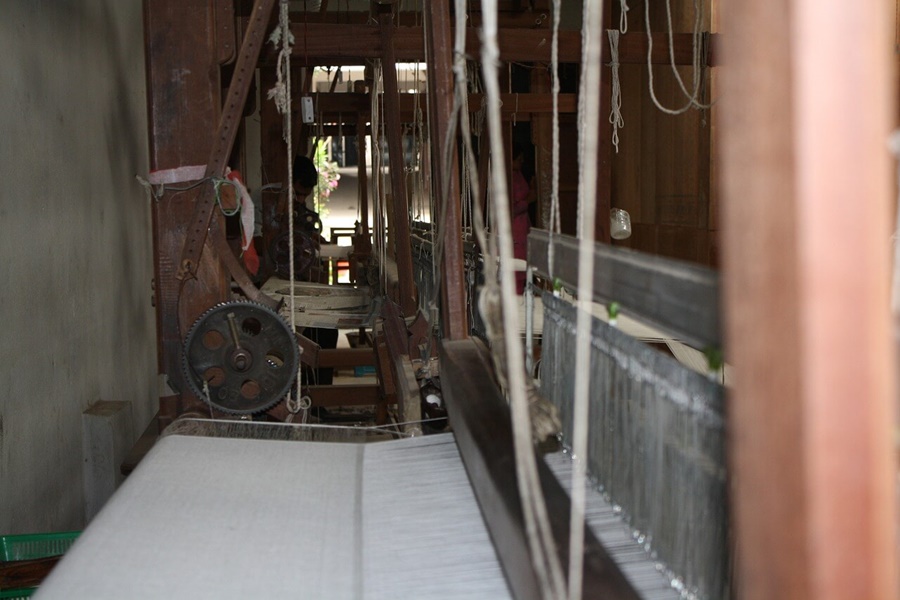
Types of Cashmere Wool
- Cashmere wool is very soft and delicate yet strong and is obtained from fibers of cashmere goats found in the Gobi Desert and Kashmir region of India.
- Pashmina wool comes from pashmina goats. Cashmere and Pashmina wool are so similar that they are often used interchangeably.
- Grade A Cashmere is the most expensive variety of cashmere. Once you touch and get the feel of this cashmere, there is no turning back.
- Grade B Cashmere is a bit coarser than Grade A Cashmere, hence a little less expensive.
- Grade C Cashmere is the cheapest of all cashmere varieties because it’s rougher than Grade B and is mainly used in making garments that do not directly come in contact with the skin.
Is Cashmere Sustainable?
Cashmere is eco-friendly and biodegradable in nature. Agreed! But is that all it takes for a fabric to be sustainable?
Cashmere is solely produced from Cashmere goats and goats are infamous for their ferocious appetites. While they graze, they not only eat the top parts of the plants but literally uproot them, causing soil erosion. Moreover, the ravenous food consumption of goats results in food scarcity, affecting vulnerable wildlife like the Bactrian camel, snow leopard, saiga, wild yak, etc., living in Mongolia, India, and China’s Tibetan plateau regions.
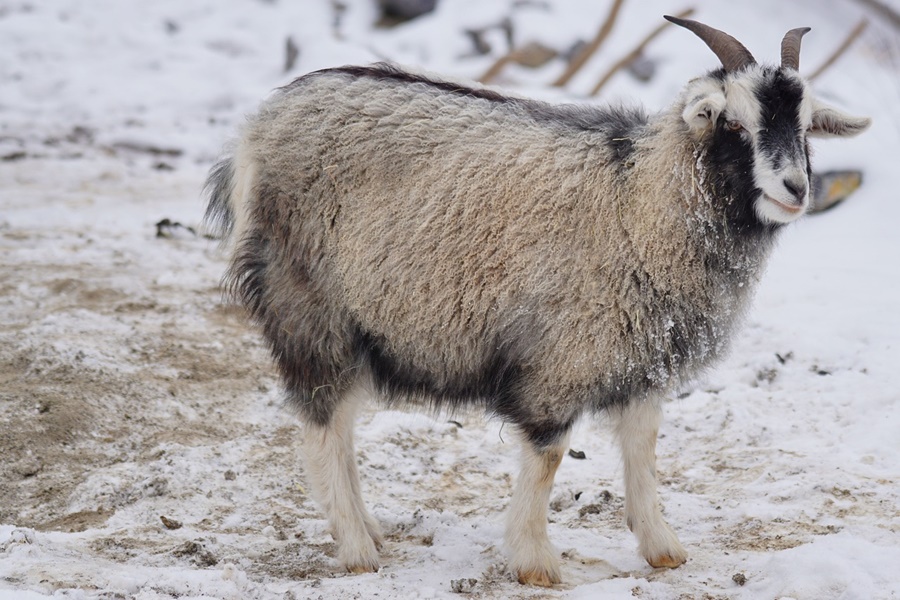
As high quality cashmere wool fetches a hefty price in the market, more herders/breeders are shifting to cashmere goat breeding, resulting in an unnatural number of domesticated goats walking around the Earth’s surface. The hooves of goats are another problem because they are quite sharp. So herds of goats grazing and moving around specific regions repeatedly cause soil degradation and, of course, food scarcity. Huge herds of domesticated goats are also affecting the hydrology and ecology of the grasslands of the Alashan Plateau, located in the southwestern part of the Gobi Desert.
Reports have constantly shown that cashmere’s rising demand in Western countries has resulted in a cashmere debt cycle with poor social outcomes. Even the nomadic herders are left with no choice but to contribute to environmental destructions like land degradation, rising climate temperatures, endangering native wildlife species, etc. So while Cashmere is eco-friendly, it might not be as sustainable as it seems to be.
Is Cashmere Ethical?
No, Cashmere isn’t ethical because believe it or not it involves high levels of inhumane animal exploitation. Goats are sentient animals and highly expressive, they suffer from stress and feel pain just like every other animal exploited for their wool or meat.
In addition, cashmere goats are raised in crowded and confined conditions. Once they’re done grazing on a region, they are made to walk long distances in search of grasslands. Most goats die during these strenuous journeys from starvation, dehydration, diseases, or injury. Moreover, cashmere farming and processing heavily pollute the air, soil, and water and release greenhouse gases along with waste.
Is Cashmere Cruelty-free?
No, Cashmere is not cruelty-free. Most brands dealing in cashmere products like sweaters, scarves, shawls, etc. claim that cashmere goats aren’t shorn like sheep or alpacas, instead, they are gently combed. Yes, it does sound like a comfortable spa session for the animals and might motivate you to make further cashmere purchases but this isn’t the real scenario.
Cashmere goats bred in Australia, New Zealand, and Afghanistan are usually shorn. The process involves frightened goats being tied down on all four of their legs and shorn through with electric shearers, many times leaving behind injuries that are often left untreated. However, goats raised in other parts of the world are combed with sharp-toothed metal combs that scratch deep into their skin causing bruises and sometimes injuring the animals. The combing is usually rough and can continue for up to an hour resulting in distress and unimaginable pain.
Male goats go through the painful process of castration at a very tender age and female goats mostly die with their lambs because of the selective breeding process and unhygienic conditions. Goats used for their wool also do not get to live their full lifespan and are usually slaughtered once they stop producing quality fiber. If this isn’t cruel, what is?
PETA has brought forward many reports and videos showcasing the horrors of the cashmere industry. Many sustainable brands have followed suit and banned the use of cashmere in their products.
Is Cashmere Affordable?
Cashmere is an expensive variety of wool. Garments made from cashmere that comes from Chinese factories are a little bit cheaper but cashmere obtained from more sustainable and traditional breeders tends to be pricey. The price of cashmere sweaters can start from $50 and go up to $2500, depending on the quality of the wool.
Again, grades of the wool also determine the price. For example: Garments made from Grade A cashmere will be naturally more expensive that those made from Grade B or Grade C. Moreover, garments made of 100% cashmere will cost more than garments made from cashmere blends.

Cashmere Certifications
While Cashmere is not exactly a scar-free industry, there are a few certifications and standards you can look out for in order to invest in cashmere pieces that are cruelty-free and sustainable.
- Sustainable Fibre Alliance (SFA)
- Kering Standard
- Recycled Claim Standard (RCS)
- Global Recycled Standard (GRS)
- The Good Cashmere Standard
Properties of Cashmere

- Cashmere is a natural animal-derived wool that is fully biodegradable and recyclable.
- High quality cashmere is extremely soft, lightweight, and has a luxurious touch.
- Cashmere drapes well because of its silky and smooth texture.
- It is a fine and delicate fabric that can easily blend with other fabrics.
- Cashmere sweaters, scarves, shawls and other products are wrinkle resistant.
- Cashmere has high moisture-wicking properties.
- It is exceptionally breathable and helps in regulating body temperature.
- Cashmere is hypoallergenic.
- Like every other wool, cashmere is fire-resistant.
- Cashmere is a classic and a timeless fabric that will always make you feel luxe and also last long if taken proper care for.
Pros & Cons of Cashmere
Pros of Cashmere Wool:
- Cashmere is 100% biodegradable and recyclable.
- Cashmere is known for its luxurious feel, as this fabric provides the ultimate level of comfort.
- It is anti-allergic and suits all skin types. It is even used in making baby clothes.
- Cashmere is flame-retardent.
- It is wrinkle-resistant and has good moisture absorbing quality.
- Cashmere has amazing draping qualities.
- Cashmere is lightweight and keeps you warm without the added bulkiness that comes with most woolen clothing.
Cons of Cashmere Wool:
- Cashmere does not have high insulation properties. Its warmth level is a bit lower than most other wool.
- Cashmere industry is cruel and doesn’t consider animal welfare policies.
- Overpopulation of cashmere goats harms the environment in the form of food scarcity, soil degradation, air pollution, etc.
- It is a really expensive wool as cashmere goats shed hair or get shorn once in a year. It takes about 3-4 goats’ fleece to make 1 cashmere sweater.
- Since cashmere is a soft and delicate fabric, it can easily get damaged. Utmost care in cleaning and storing of cashmere sweaters and other accessories is important.
- Cashmere is prone to pilling.
- Just like most wool types, cashmere too gets attacked by moths.
Uses of Cashmere
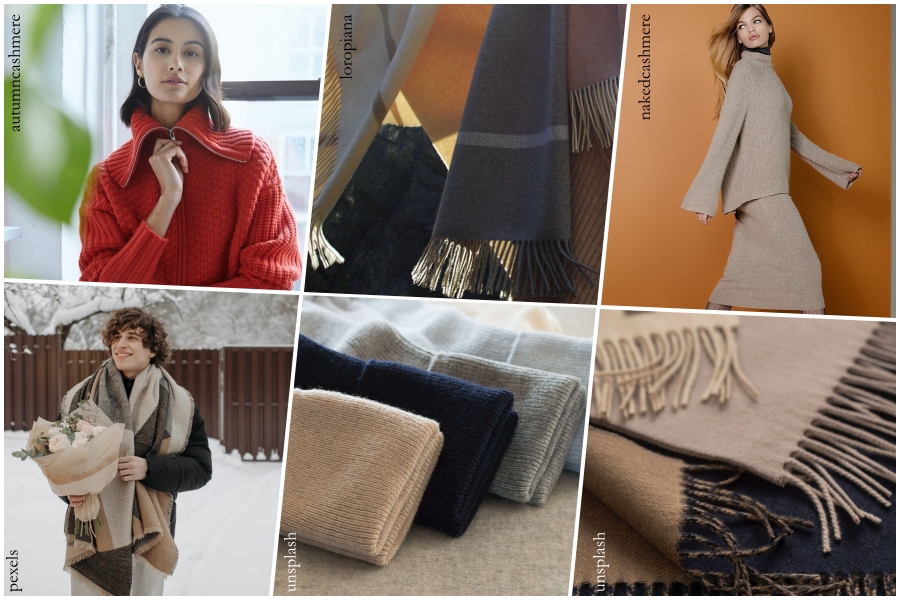
- Cashmere is used to make accessories like scarves, gloves, mittens, socks, etc.
- It is widely used in producing apparel like cashmere sweaters, cardigans, hoodie, wrap dress, high quality cashmere turtlenecks, undershirts, and suits as well.
- Cashmere is also used in making home textiles like blankets and throws.
How to Care for Cashmere?
- Hand-wash your cashmere pieces in normal-temperature water or machine-wash on a delicate cycle with cold water.
- Always use a gentle detergent particularly made for cashmere items.
- In case of hand-washing, soak your cashmere pieces in cold water, take them out and squeeze out the excess water. Never wring, or you might ruin the piece’s original shape.
- For drying, lay your cashmere item flat on a surface. Refrain from hanging the item, or it might get stretched and never return to its original shape.
- Always refer to the clothing label in case of special wash and care.
Famous Brands That Use Cashmere
- Extreme Cashmere
- Leret Leret
- White + Warren
- Naked Cashmere
- Brochu Walker
- Lou Lou Studio
- ASKET
- Brunello Cucinelli
- Loro Piana
- Autumn Cashmere
- Pringle of Scotland
- Malo
- Sofia Cashmere
Best Alternatives to Cashmere
Alpaca Wool- Alpaca wool comes from alpacas, native to South American soils. This wool is lightweight, soft and smooth, hypoallergenic, has higher thermal properties, and expensive like cashmere, but is a more sustainable option because raising alpacas causes minimal environmental impact compared to goats.
Yak Wool- Yak wool is another most exclusive wool made from the hair-like fibers of yaks. This wool is very soft, durable, provides good warmth, and is exceptionally comfortable to wear. Raising these gentle beasts causes less harm to the environment because they do not over-graze and only consume the top parts of plants, which ultimately helps the plants to grow back.
Mohair- Mohair is made from the hair-like fibers of the Angora goats. This prized natural fiber is soft, lightweight, biodegradable, durable, resilient and has a particular sheen and luster making it a perfect alternative to cashmere. Also known as the ‘diamond fiber’, mohair is used in making garments and home textiles as well.
Conclusion
Yes, we love cashmere because it is an all-natural fabric and a mark of elegance and luxury. However, the sustainable and ethical policies are compromised in this industry. With so much of horrors going on in factories and breeding grounds, is indulging in this ‘cashmere luxury’ really so important?
Choosing for cruelty-free options would undoubtedly be the best option. However, apart from some of the most innovaive fabrics in sustainable fashion, if you still want to invest in cashmere pieces, we suggest to check out for certifications in order to ensure that you’re investing in cruelty-free and sustainable cashmere made by the nomadic breeders who actually care for their livestock.


